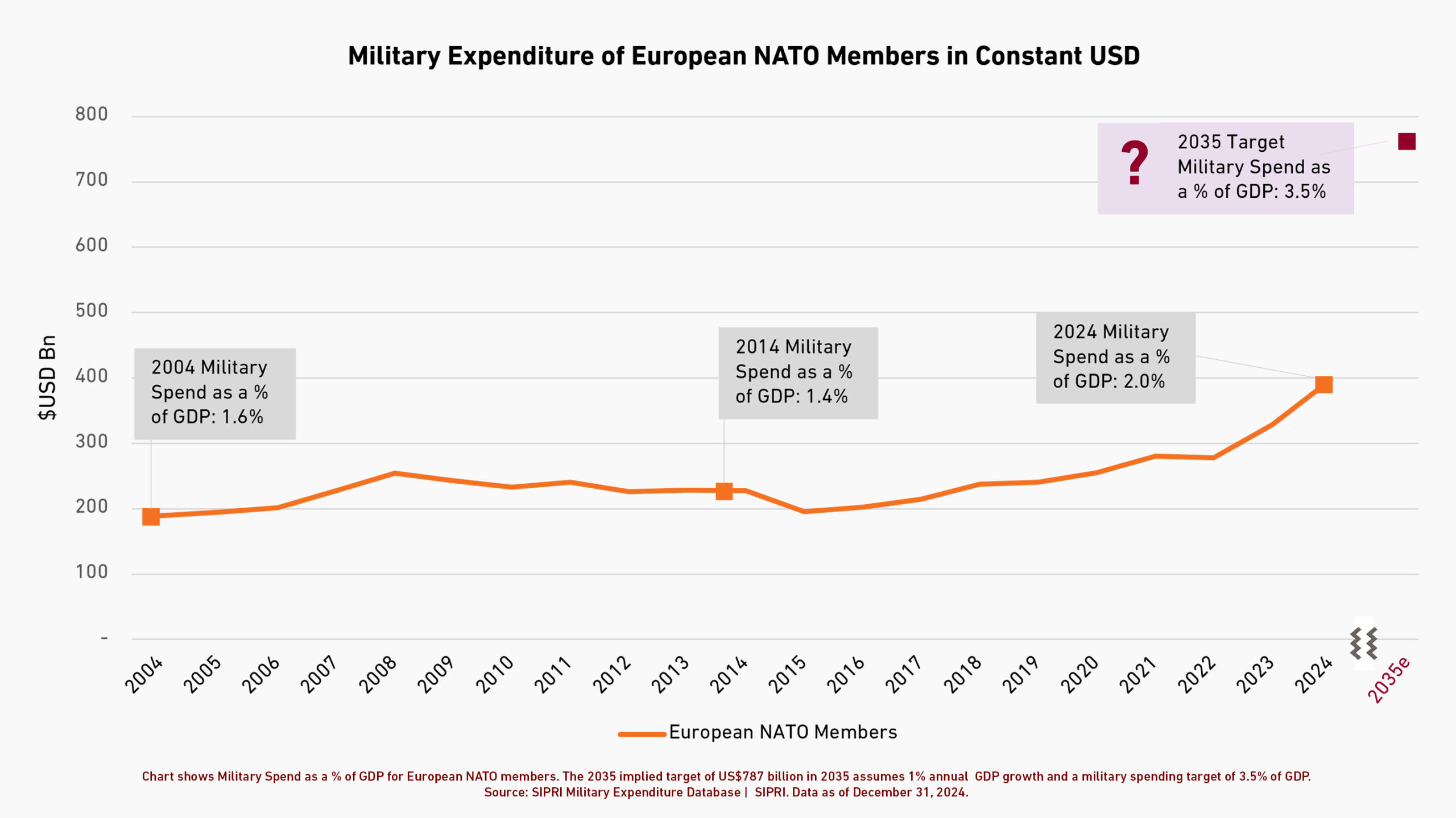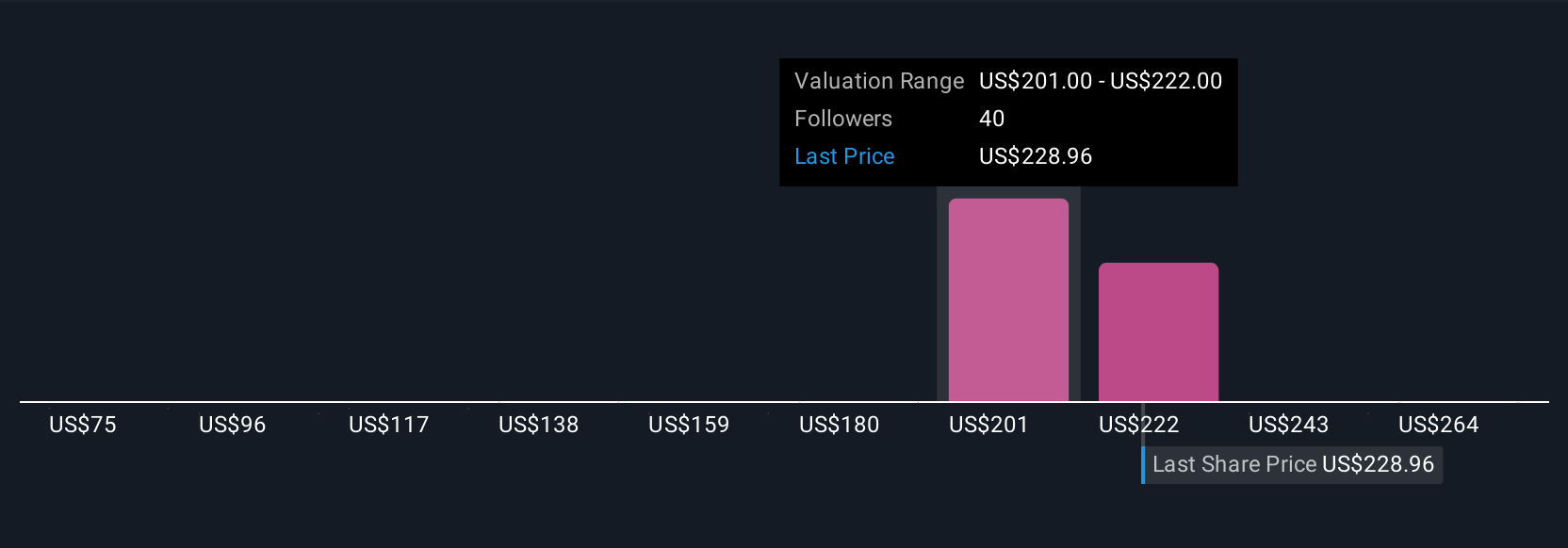Waste Management’s Q2 2025 Outperformance: A Blueprint for Pricing Power and Automation in the Modern Waste Industry – AInvest

Waste Management Inc. Q2 2025 Performance Report: A Strategic Alignment with Sustainable Development Goals
Waste Management Inc. (NYSE: WM) has demonstrated significant strategic progress in its Q2 2025 financial results, underscoring a business model that integrates profitability with key United Nations Sustainable Development Goals (SDGs). The company’s performance reflects a successful transformation of the waste and recycling sector through disciplined pricing, technological innovation, and diversification into sustainability-focused markets. This report analyzes how these strategies contribute to financial resilience and advance global sustainability objectives.
Operational Excellence and Contribution to Economic and Urban Sustainability
Pricing Discipline and Margin Growth
The company’s financial strength is anchored in its strategic pricing, which ensures the long-term viability of essential services, directly supporting SDG 11 (Sustainable Cities and Communities). This approach also fosters stable economic growth within the sector, aligning with SDG 8 (Decent Work and Economic Growth).
- Core price increases reached 6.4% year-over-year.
- Collection and disposal yield, combining volume and rate, rose by 4.1%.
- The Collection and Disposal segment achieved a record 37.9% adjusted operating margin, demonstrating a resilient and scalable business model.
This pricing power has effectively insulated the company from market volatility, such as a 16% year-to-date decline in recycled commodity prices, ensuring consistent service delivery and financial health.
Technological Advancement for Sustainable Industry and Production
Automation as a Driver of Efficiency and Innovation
Waste Management’s investment in automation is a cornerstone of its strategy to modernize infrastructure, a key target of SDG 9 (Industry, Innovation, and Infrastructure). By enhancing sorting and logistics, these technologies directly improve the effectiveness of recycling systems, contributing to SDG 12 (Responsible Consumption and Production).
- Recycling Automation: 29 of 39 planned automation projects were completed in Q2 2025, deploying robotic sorting systems and AI-driven logistics. This has reduced labor costs, improved asset utilization, and enhanced overall productivity.
- Healthcare Waste Management: The integration of technology following the Stericycle acquisition has improved operational efficiency, evidenced by a 200 basis point improvement in SG&A expenses. This supports SDG 3 (Good Health and Well-being) through the safe and efficient management of specialized medical waste.
Strategic Diversification into High-Impact Sustainability Areas
Renewable Natural Gas (RNG) for Clean Energy and Climate Action
The company is actively expanding its role in the clean energy transition by converting waste into renewable natural gas. This initiative makes a direct contribution to two critical SDGs:
- SDG 7 (Affordable and Clean Energy): Three new RNG facilities came online in Q2 2025 (Illinois, Pennsylvania, and Oregon), bringing the operational total to eight of 20 planned projects. These facilities create a new source of clean energy from organic waste.
- SDG 13 (Climate Action): By capturing and converting landfill gas, these projects significantly reduce greenhouse gas emissions.
Specialized Waste Services and the Circular Economy
The expansion into healthcare waste and positioning for Extended Producer Responsibility (EPR) regulations demonstrates a forward-looking approach to sustainable consumption. This strategy aligns with SDG 12 (Responsible Consumption and Production) by creating systems that hold manufacturers accountable for the entire lifecycle of their products. The growth in this segment, projected to deliver $300 million in operating EBITDA by 2027, highlights the economic potential of circular economy models.
Financial Resilience and Investment in a Sustainable Future
Robust Free Cash Flow Generation
Strong financial discipline enables continued investment in projects that support the SDGs. The company’s robust cash flow provides the capital necessary for infrastructure modernization and innovation.
- Generated $1.29 billion in free cash flow in the first half of 2025.
- Free cash flow margin increased to 11.1% from 9.8% in the prior-year period.
- The full-year free cash flow projection was raised to $2.8–$2.9 billion, bolstered by favorable tax policy.
Conclusion: A Blueprint for Sustainable Industrial Leadership
Waste Management’s Q2 2025 results illustrate a successful model for aligning core business operations with global sustainability imperatives. By leveraging pricing power for economic stability, investing in automation for industrial innovation (SDG 9), and diversifying into renewable energy (SDG 7, SDG 13) and circular economy services (SDG 12), the company has established a resilient and forward-looking strategy. This approach demonstrates that sustainable practices can be a primary driver of long-term value and industry leadership.
1. Which SDGs are addressed or connected to the issues highlighted in the article?
-
SDG 7: Affordable and Clean Energy
The article discusses Waste Management’s strategic diversification into renewable natural gas (RNG), where organic waste is converted into energy. This directly supports the goal of increasing the share of renewable energy.
-
SDG 8: Decent Work and Economic Growth
The company’s focus on automation, which enhances productivity, reduces labor costs, and improves profitability, aligns with achieving higher levels of economic productivity through technological upgrading and innovation. The article mentions that automation helps reduce driver turnover, which relates to creating decent work.
-
SDG 9: Industry, Innovation, and Infrastructure
Waste Management is retrofitting its industry with sustainable practices through significant investments in automation and technology. The deployment of robotic sorting systems, AI-driven logistics, and the construction of RNG facilities represent an upgrade of infrastructure for greater resource-use efficiency and the adoption of clean technologies.
-
SDG 11: Sustainable Cities and Communities
The core business of Waste Management—collection, disposal, and recycling of waste—is fundamental to this goal, which aims to reduce the adverse environmental impact of cities by improving municipal waste management.
-
SDG 12: Responsible Consumption and Production
The article’s focus on recycling, waste reduction, and the circular economy (turning waste into energy) is central to this SDG. The discussion on Extended Producer Responsibility (EPR) laws also highlights a policy mechanism to encourage more sustainable production and waste management practices.
-
SDG 13: Climate Action
By developing RNG facilities that “reduce greenhouse gas emissions” and convert waste into energy, Waste Management is taking direct action to combat climate change and its impacts, aligning with the global push for carbon neutrality.
2. What specific targets under those SDGs can be identified based on the article’s content?
-
Target 7.2: Increase substantially the share of renewable energy in the global energy mix.
The article explicitly states that Waste Management is developing renewable natural gas (RNG) projects to “convert organic waste into energy,” which directly contributes to increasing the share of renewable energy.
-
Target 8.2: Achieve higher levels of economic productivity through diversification, technological upgrading and innovation.
The article highlights that “Automation has emerged as the cornerstone of Waste Management’s reinvention” and that the company is using “robotic sorting systems and AI-driven logistics” to enhance productivity and reduce costs.
-
Target 9.4: Upgrade infrastructure and retrofit industries to make them sustainable, with increased resource-use efficiency and greater adoption of clean and environmentally sound technologies and processes.
The completion of “29 of its 39 planned recycling automation projects” and the operation of “eight of 20 planned [RNG] facilities” are direct examples of retrofitting an industry with sustainable and clean technologies.
-
Target 11.6: Reduce the adverse per capita environmental impact of cities, including by paying special attention to air quality and municipal and other waste management.
The entire business model of Waste Management, particularly its “Collection and Disposal segment” and recycling operations, is geared towards managing municipal and other waste, which is the core of this target.
-
Target 12.5: By 2030, substantially reduce waste generation through prevention, reduction, recycling and reuse.
The article’s focus on “recycling automation projects” and the company’s position in the “waste and recycling sector” directly relate to this target. The mention of converting waste to energy (RNG) is a form of reuse.
-
Target 13.2: Integrate climate change measures into national policies, strategies and planning.
While the article focuses on a company, its actions support this target. The development of RNG projects that “reduce greenhouse gas emissions” demonstrates how a corporate strategy can integrate climate action, aligning with the “global push for carbon neutrality.”
3. Are there any indicators mentioned or implied in the article that can be used to measure progress towards the identified targets?
-
Indicator for Target 7.2:
The number of operational renewable energy facilities. The article states, “Three new RNG projects…came online in Q2, with eight of 20 planned facilities now operational.”
-
Indicator for Target 8.2:
Progress in implementing automation and its financial impact. The article provides the indicator: “completed 29 of its 39 planned recycling automation projects” and a “200 basis point improvement in SG&A expenses as a percentage of revenue” in the healthcare segment due to streamlined operations.
-
Indicator for Target 9.4:
The number of upgraded/retrofitted facilities. The article indicates progress with “29 of its 39 planned recycling automation projects” and “eight of 20 planned [RNG] facilities” now being operational.
-
Indicator for Target 11.6:
Efficiency and volume of waste managed. The article implies this with the metric of a “4.1% rise in collection and disposal yield,” which measures the combined impact of volume and rate increases in waste management.
-
Indicator for Target 12.5:
Investment in and capacity of recycling infrastructure. The progress on “recycling automation projects” (29 of 39 completed) serves as an indicator of increased capacity and efficiency in recycling.
-
Indicator for Target 13.2:
Reduction of greenhouse gases through specific projects. The number of RNG projects that “reduce greenhouse gas emissions” (8 operational) is a direct indicator of the company’s contribution to climate action.
4. Create a table with three columns titled ‘SDGs, Targets and Indicators” to present the findings from analyzing the article. In this table, list the Sustainable Development Goals (SDGs), their corresponding targets, and the specific indicators identified in the article.
| SDGs | Targets | Indicators |
|---|---|---|
| SDG 7: Affordable and Clean Energy | 7.2: Increase substantially the share of renewable energy in the global energy mix. | Number of operational RNG facilities (8 of 20 planned facilities are operational). |
| SDG 8: Decent Work and Economic Growth | 8.2: Achieve higher levels of economic productivity through diversification, technological upgrading and innovation. | Number of completed automation projects (29 of 39) and resulting efficiency gains (200 basis point improvement in SG&A expenses). |
| SDG 9: Industry, Innovation, and Infrastructure | 9.4: Upgrade infrastructure and retrofit industries to make them sustainable… with greater adoption of clean and environmentally sound technologies. | Number of recycling automation projects completed (29 of 39) and new RNG facilities built (8 of 20). |
| SDG 11: Sustainable Cities and Communities | 11.6: Reduce the adverse per capita environmental impact of cities, including by paying special attention to… municipal and other waste management. | Increase in collection and disposal yield (4.1% rise), reflecting the volume and rate of waste managed. |
| SDG 12: Responsible Consumption and Production | 12.5: Substantially reduce waste generation through prevention, reduction, recycling and reuse. | Progress in building recycling infrastructure (29 of 39 automation projects completed). |
| SDG 13: Climate Action | 13.2: Integrate climate change measures into… strategies and planning. | Number of operational projects that reduce greenhouse gas emissions (8 RNG facilities). |
Source: ainvest.com

What is Your Reaction?
 Like
0
Like
0
 Dislike
0
Dislike
0
 Love
0
Love
0
 Funny
0
Funny
0
 Angry
0
Angry
0
 Sad
0
Sad
0
 Wow
0
Wow
0

































































![Governing Health -Compensation Considerations for Health System Innovation Activities [Podcast] – The National Law Review](https://natlawreview.com/sites/default/files/styles/article_image/public/2025-10/Health AI Security Privacy Data Cyber Medical Doctor-309772690.jpg.webp?itok=i51uHMDx#)

_21.jpg?#)









